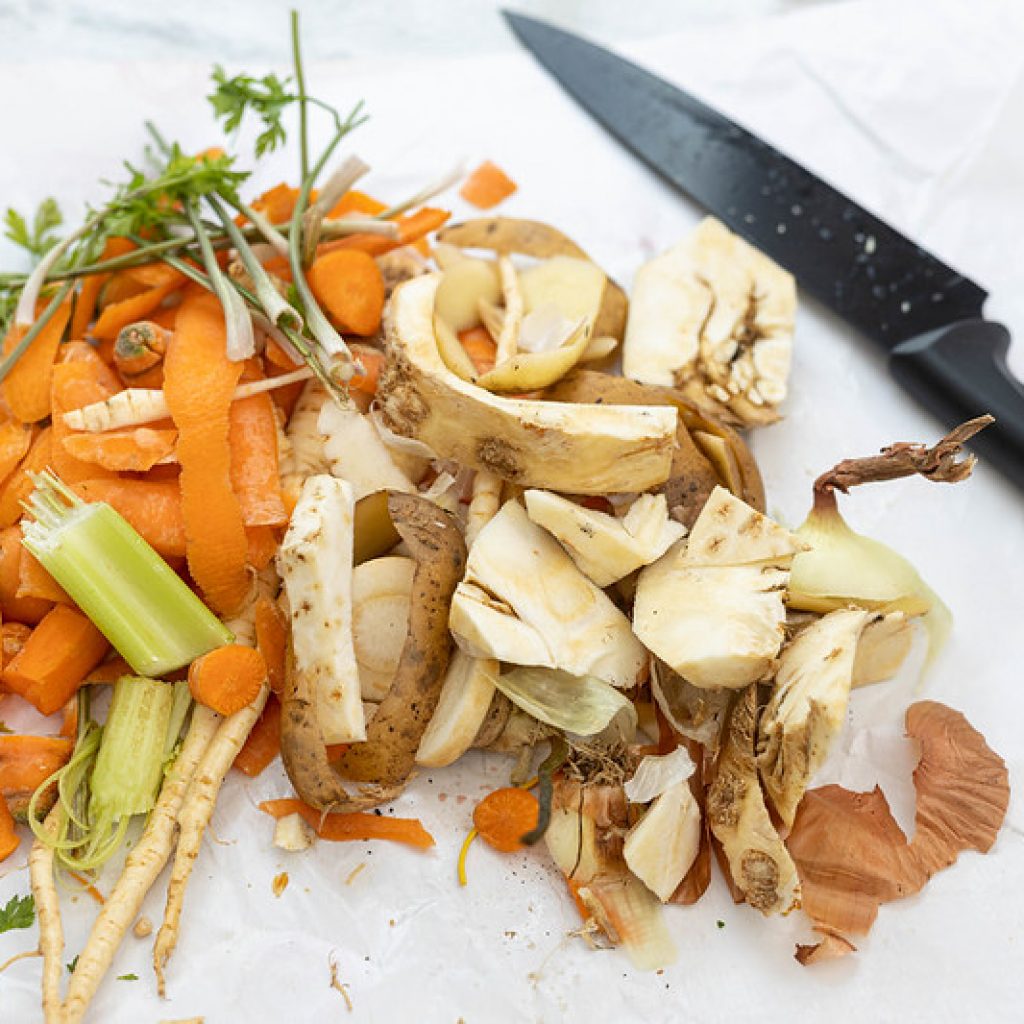

More Tips to Save at the Grocery Store
Last week I gave three tips on how to save at the grocery store. They were:
1-Start a Super Pantry
2-Shop with a list
3-Go easy on the perishable foods
You can read them in detail here: https://mydakotan.com/2022/04/saving-at-the-grocery-store-part-1/.
Let's continue with more tips on how to save at the grocery store.
Tip #4: Waste Not, Want Not
Americans throw out a staggering 103 million tons of food every year. According to the EPA, discarded food accounts for 24.1 percent of all solid waste sent to municipal landfills. Thirty to forty percent of the waste occurs during production and transportation. Another 15-20% is wasted in restaurants and institutions (like schools and hospitals.) The remaining food waste is consumer waste.
Experts say that as much as one-third of all the food we buy goes to waste. There are several reasons for food waste at home. The biggest one is spoilage. About two-thirds of food spoilage is due to food not being used before it goes bad. The remaining third of spoilage is the result of people cooking or serving too much food.
Another contributing factor to waste is confusion over the date labels. More than 80% of Americans discard perfectly good food simply because they misunderstand expiration labels. Labels like “sell by,” “use by,” “expires on,” “best before,” or “best by” can be confusing. Many will needlessly toss this food to avoid the risk of a food borne illness.
Waste has a huge impact on your food budget. Cutting back on waste is the most painless thing you can do to cut down on your food bill. Here are the four most important things you can do to reduce your food waste:

Here are a few other things you can do to reduce waste:
Have a leftover day. Once a week, check your fridge for leftovers and turn them into a meal. Put veggies and leftover meat into a pot with a nice bone broth for a tasty soup. Or combine leftovers with a sauce, top with crushed crackers and bake as a casserole. Don’t let leftovers go to waste!
Save the fat from your meats and use it as a base for roux when making sauces or gravy. Use it to fry or sauté foods or to enrich other dishes. Bacon fat is a especially tasty. There's no match for bacon fat for frying eggs and hash browns.
Don’t throw your bones away! Make bone broth instead. Save the bones from your rotisserie chicken, turkey dinner or pork chops. Turn these bones into a tasty, nutritious broth that can be used as the foundation for several meals.
Likewise, save all your vegetable scraps. All those veggie parts you usually throw away? Make a vegetable broth with all those leafy celery ends, tough asparagus ends, broccoli and cauliflower stalks, carrot peels and any other veggie scraps. Or add the scraps to the pot of simmering bones for a more flavorful bone broth. Peel the stems of broccoli and cauliflower cut them into slices or cubes. Add these sliced stems to soups or casseroles for added nutrition.
Save the heel ends of bread. If you have picky children who won't eat the ends of a loaf of bread, save them and make bread crumbs. Flavored bread crumbs in the store cost $3-4 for a small canister, but you can make the same thing for pennies.
Compost any veggie scraps that cannot be used to make soups or broth. It won’t necessarily help your food budget, but it will make your garden happy.
We're just getting started. More tips to reducing your food bill to follow.
Get this shelf life chart for free: https://www.providenthomecompanion.com/product/shelf-life-chart/
Make bone broth: https://www.providenthomecompanion.com/recipe-bone-broth/
Flavored bread crumbs: https://www.providenthomecompanion.com/recipe-flavored-bread-crumbs/
Use up orange peels: https://www.providenthomecompanion.com/recipe-candied-orange-peel/